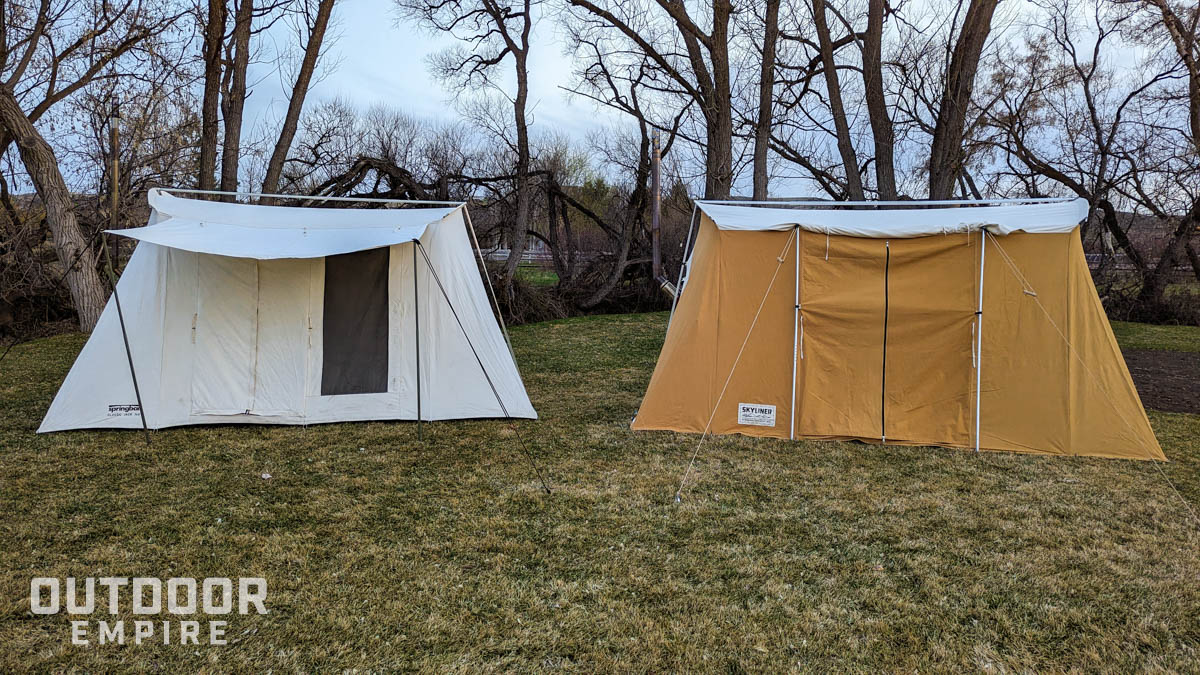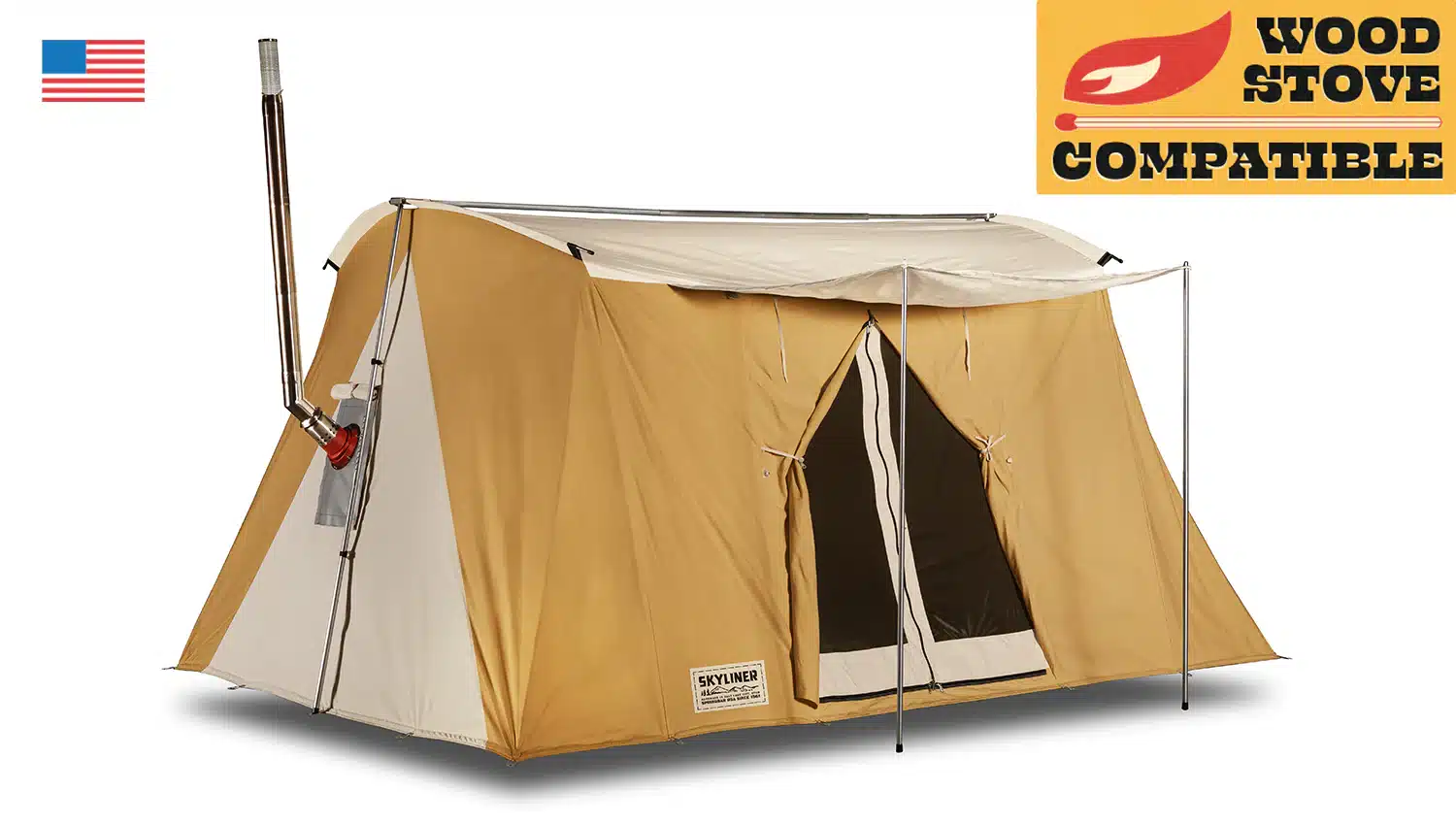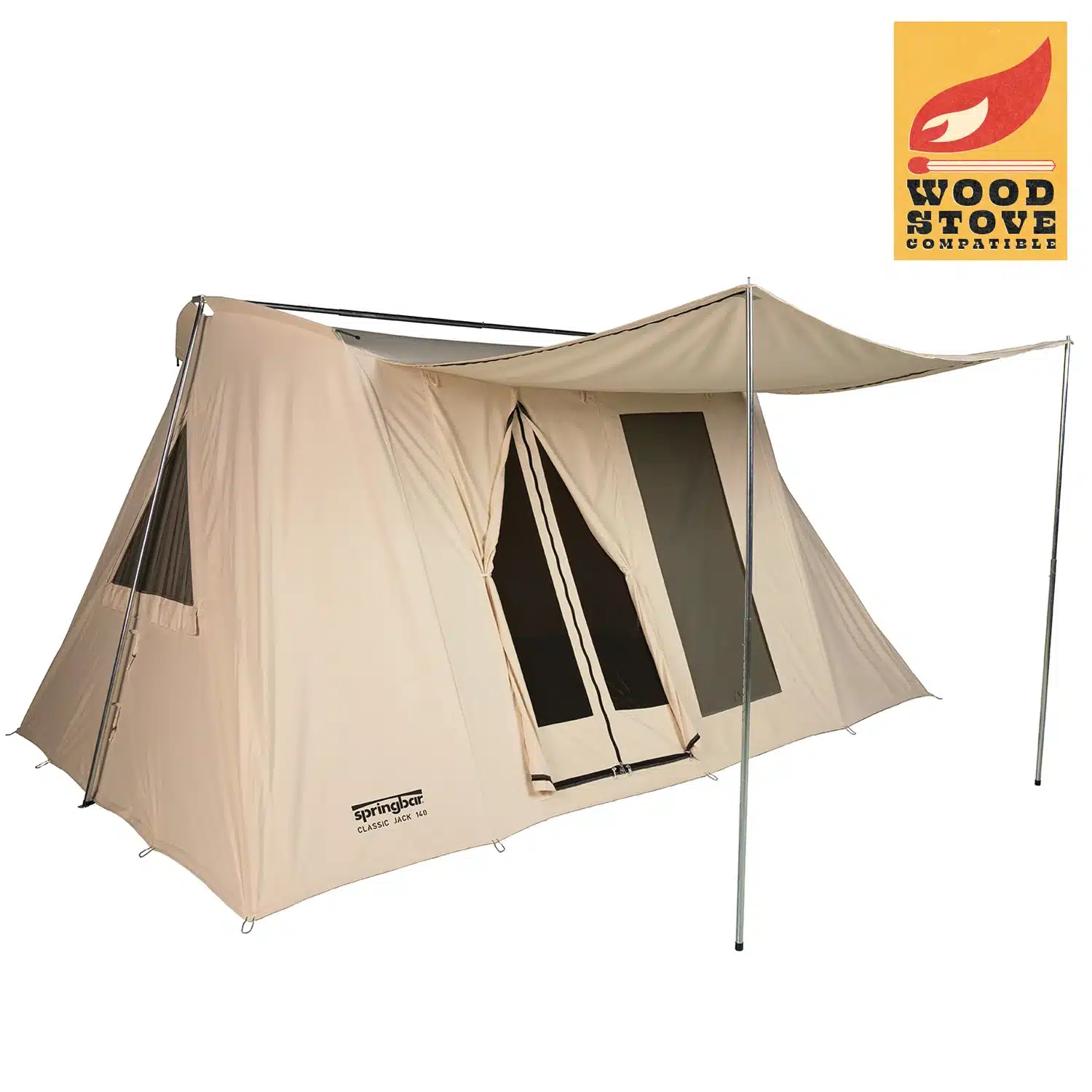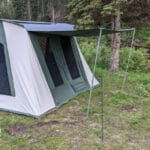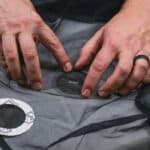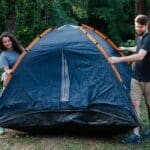I’ve recently had the pleasure of trying out two fantastic tents that have caught my attention: the Springbar Skyliner and the Springbar Classic Jack 140.
As an avid camper, I’m always on the lookout for the best gear that suits my family and me. So, I put these two tents to the test and compared their features, performance, and overall value to help fellow campers find their perfect tent match.
I have spent many nights in these tents from snow camping in the Classic Jack in Idaho to wild spring rainstorms in the Skyliner in Southern Utah.
In this article, I’ll be sharing my personal experiences with both tents, detailing their similarities and differences, and discussing important factors like durability, weather resistance, and ease of use.
By the end of this Springbar Skyliner vs Classic Jack comparison, I hope you’ll be able to make an informed decision on which tent best suits your camping needs and budget.
You can also watch our detailed video review on our YouTube channel!
Springbar Skyliner vs Classic Jack 140 Tent Specifications
Springbar has been making canvas tents in Salt Lake City, Utah, USA since the 1960s. They still use many of the same methods as they did in the beginning. Those familiar with the brand associate them with high quality outdoor gear and their trademark canvas tent design that has since been replicated by many other outdoor gear companies.
The Skyliner and Classic Jack 140 are similar in footprint size and materials, with some key differences.
Here are the basic specs for these two canvas tents.
| Skyliner | Classic Jack 140 | |
| Footprint | 10’ x 14’> | 10’ x 14’ |
| Interior Height | 6’ 10” | 6’ 6” |
| Packed Tent Size | 32” x 18” (optimistic) | 40” x 16” (optimistic) |
| Packed Pole Size | 56” x 9” | 40” x 6” |
| Total Weight | 97 lbs | 82 lbs |
| Where Made | USA | China |
| Retail Price | $2,099 | $1,199 |
Similarities Between the Tents
When it comes to similarities, the Springbar Skyliner and Classic Jack 140 share quite a few noteworthy features. As someone who appreciates the details, I couldn’t help but notice these common aspects during my camping escapades with both tents.
Classic Springbar Design
The traditional Springbar design is a standout feature in both the Springbar Skyliner and Classic Jack 140. This classic style was invented by Springbar and it not only adds an aesthetic appeal, but also contributes to the tents’ stability and weather resistance.
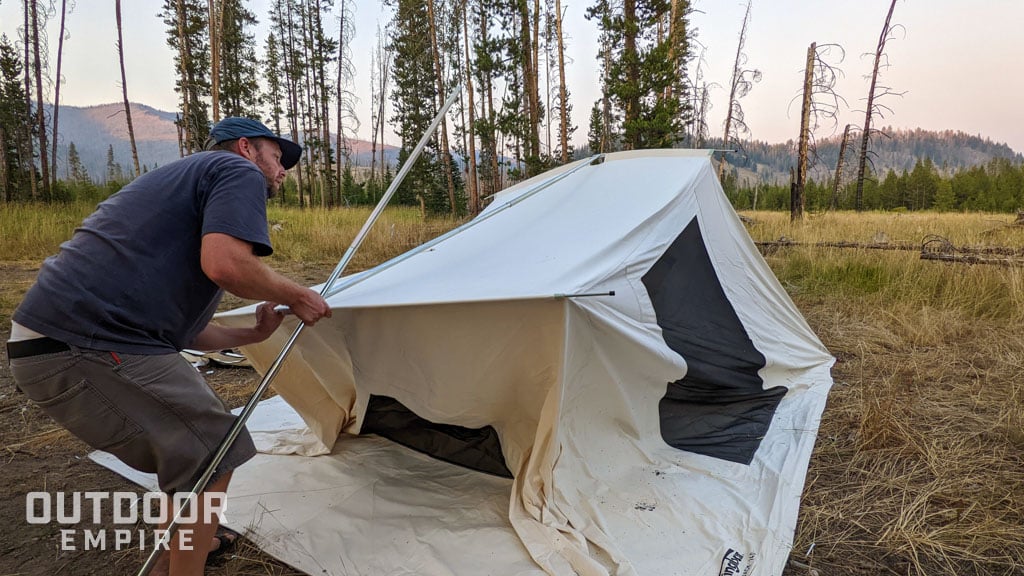
The only thing you have to be weary of is heavy snow, which you’ll want to clear off regularly. And I noticed when it’s windy or raining it was helpful to have the additional guy points and awning on the Skyliner to stake it out better.
Spaciousness and Comfort
Both the Springbar Skyliner and Classic Jack 140 prioritize space and comfort for campers. With a 10’x14′ floor plan, these tents provide ample room for sleeping, moving around, and storing gear.
Even at 6 ft 1 in tall I don’t feel cramped inside and am comfortable standing and walking around. Though the roof loft in the Classic Jack does hang a bit low and annoyingly force me to crouch down depending on how I rig it.
Hot Tent Ready
A key feature of these two tents that is not shared by other Springbar tents, or most competitors for that matter, is that they are both wood stove compatible. Add in a Winnerwell tent stove and you got yourself a cozy family-sized hot tent.
I have both a Winnerwell Woodlander Medium and a Winnerwell Nomad View Large stove. Either one works with either tent just dandy. Although I like the extra burn time I get out of the large size since it means I don’t have to get up at night as much to add wood if it’s really cold out.
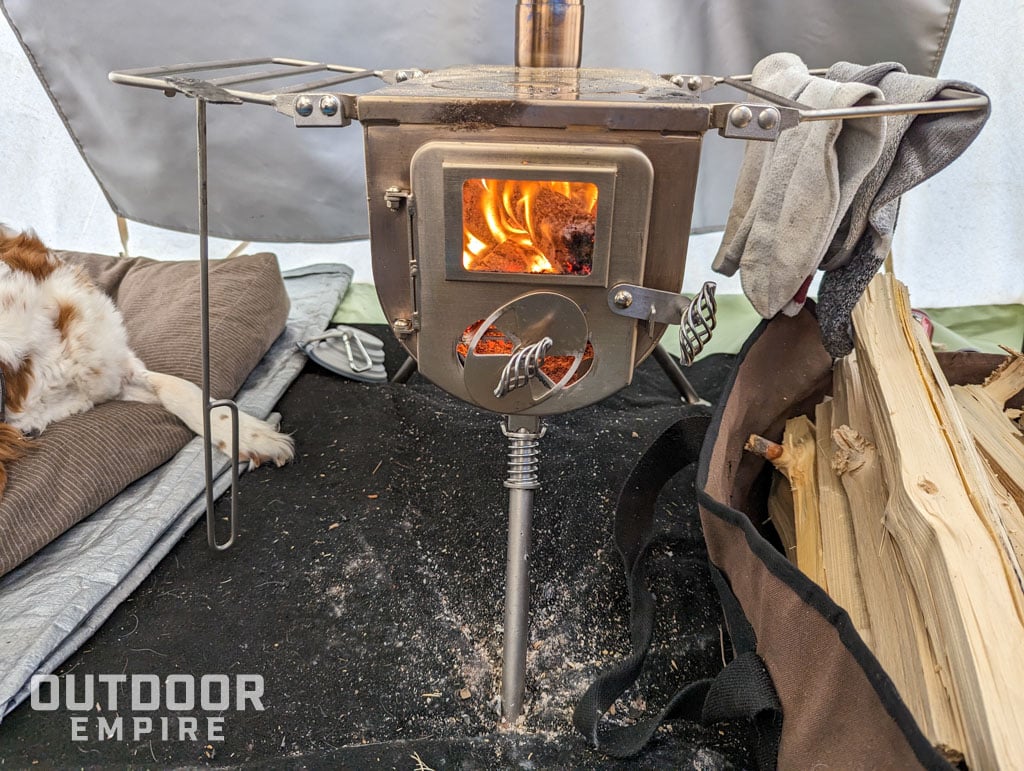
Both have turnkey hot tent kits available from Winnerwell and it won’t void your warranty to install the stove jack.
The Skyliner does have one additional thoughtful feature for hot tenting that the Classic Jack does not. That is a fire retardant treated 12 oz canvas panel that creates the wall behind where the stove goes.
Canvas Material
The Skyliner and Classic Jack 140 are both constructed from high-quality, breathable, and water-resistant canvas. The cotton duck canvas (8.5 oz walls and 10 oz roofs) has been treated for water repellency and mildew resistance.
This material provides effective insulation to keep you warm on chilly nights and cool on hot days.
On mulitple frigid winter and spring nights in each tent I can confirm how well the canvas keeps it warm inside with the wood stove going. And on a hot summer day in the Classic Jack I really loved how the light colored canvas kept it relatively cool inside.
Easy Set-up and Breakdown
Both tents are designed with user-friendliness in mind, featuring a straightforward set-up process that can be managed by one person. Although having a helping hand does make it a bit easier. I can do it by myself in as little as 10 minutes.
The single-pole structure for both tents eliminates the need for a complicated assembly process, making it a breeze to set up and break down your campsite. However, these are not freestanding tents and both require staking down before standing up.
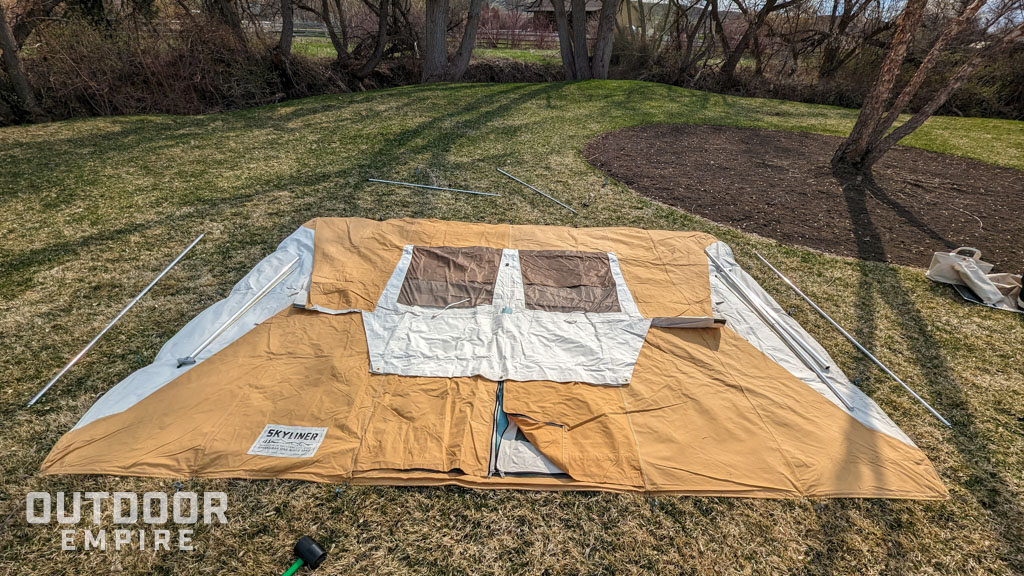
Heavy-Duty Construction
Durability is a key factor for any camping gear, and both the Springbar Skyliner and Classic Jack 140 deliver on this front. With their robust canvas material, reinforced stress points, and heavy-duty zippers (YKK on Skyliner, SBS on Classic Jack), these tents are built to withstand the test of time and the elements.
I especially like the hem at the base where the walls meet the floors. They jut out about an inch and a half. When staked down properly they are not only secure to the ground, but they shed water away from the tent when raining. It’s a simple, but brilliant design.
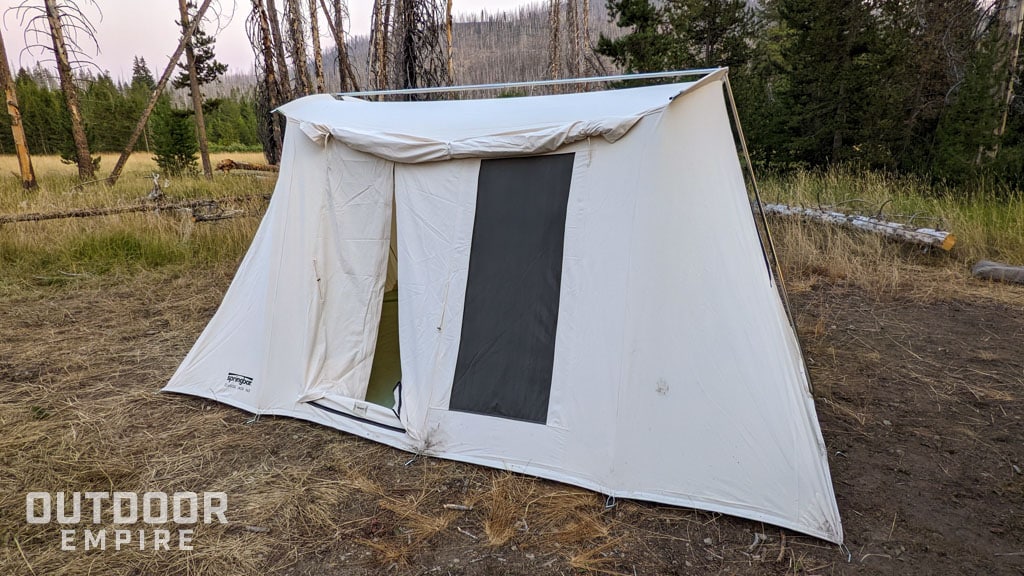
Differences Between the Tents
While the Springbar Skyliner and Classic Jack 140 share many similarities, there are also some key differences between the two tents that could impact your camping experience, especially in really nasty weather.
Made in USA or Imported
A key difference between these two tents is their country of origin. Springbar has traditionally been a Made in USA only company, but in recent years they have introduced an imported product line to help compete with their low-price competitors.
The Classic Jack is designed in the USA but made overseas in China.
The Skyliner is Made in America, right there at Springbar’s headquarters in Salt Lake City, Utah. I had the chance to tour the factory on a day when they were making the Skyliner, and it’s impressive.
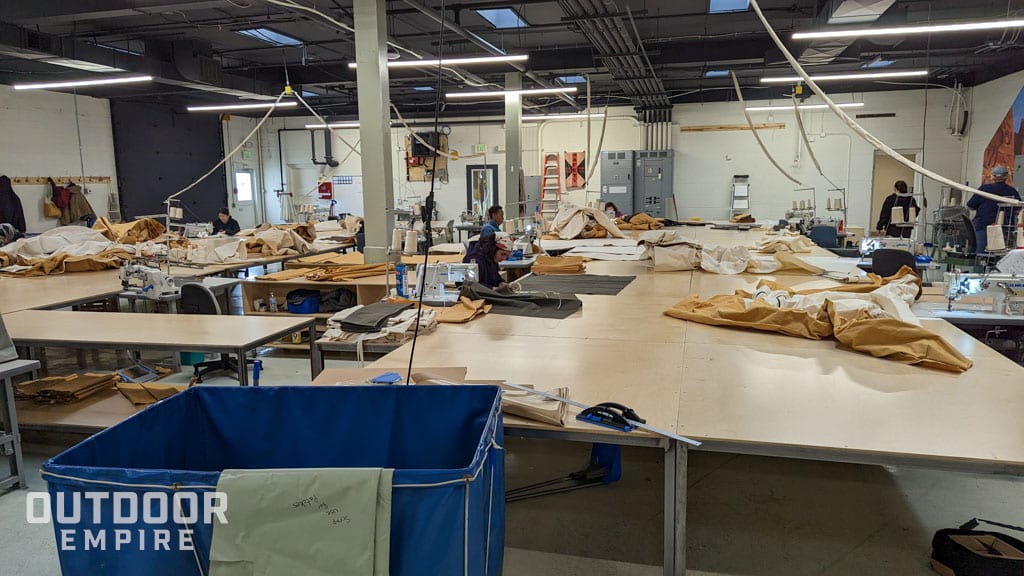
Not very many outdoor companies still make outdoor gear in the USA. And something like a family-sized canvas tent requires a lot of skilled workers and expertise that Springbar has accumulated over six decades of doing it. This is a rare thing that ought to be applauded.
Springbar also sources as many parts as possible from US suppliers for the Skyliner including their stakes, stake loops, poles, screen mesh, and canvas finishing (dye and water resistance treatment).
More Volume in the Skyliner
While it doesn’t show up well in the specs, one of the major differences between these two tents is the interior volume. It’s hard to see it, but you can definitely feel it inside.
The Skyliner has about 30% more volume inside. By my measurements, the roof is larger by about two feet side to side and 1.5 feet front to back. The sidewalls are nearly as vertical as in a wall tent.
This really opens up the inside and requires less crouching. It even means you can push your cots up closer to the walls than in the Classic Jack, leaving more floor space to move about.
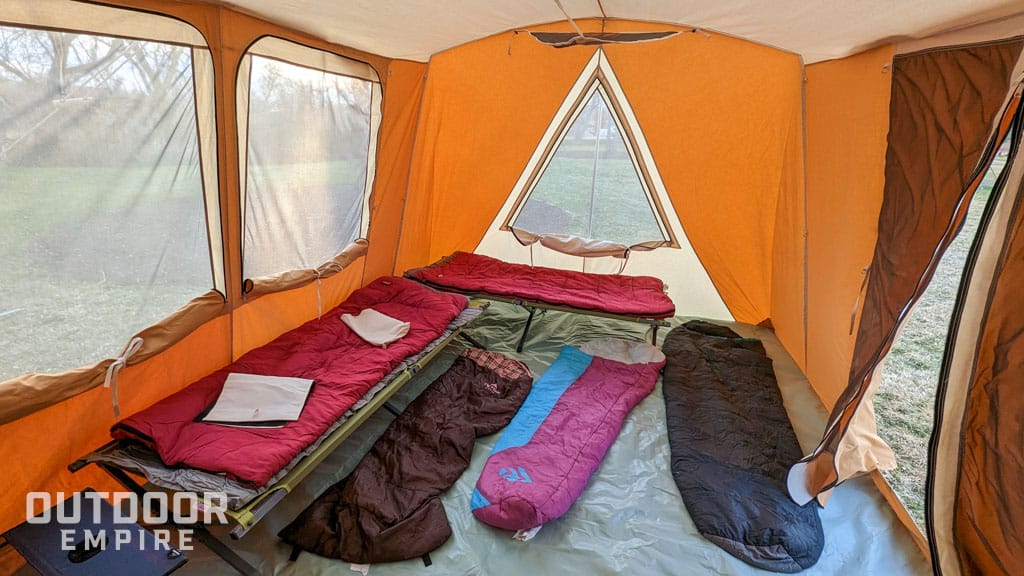
Ventilation and Windows
One noticeable difference between the Skyliner and Classic Jack 140 is their window configuration. The Skyliner has two large mesh windows on the rear wall, a triangle window on one end, and a small window on the other end where the stove jack goes in hot tent mode. That combined with the huge 56-inch wide door make for excellent airflow.
In contrast, the Classic Jack 140 features 36 inch wide door, but it adds another window to the front and big triangular windows on both ends.But my favorite is the giant window on the rear wall that offers panoramic views of your surroundings.
While the window configuration is different, the ventilation effect is pretty even.
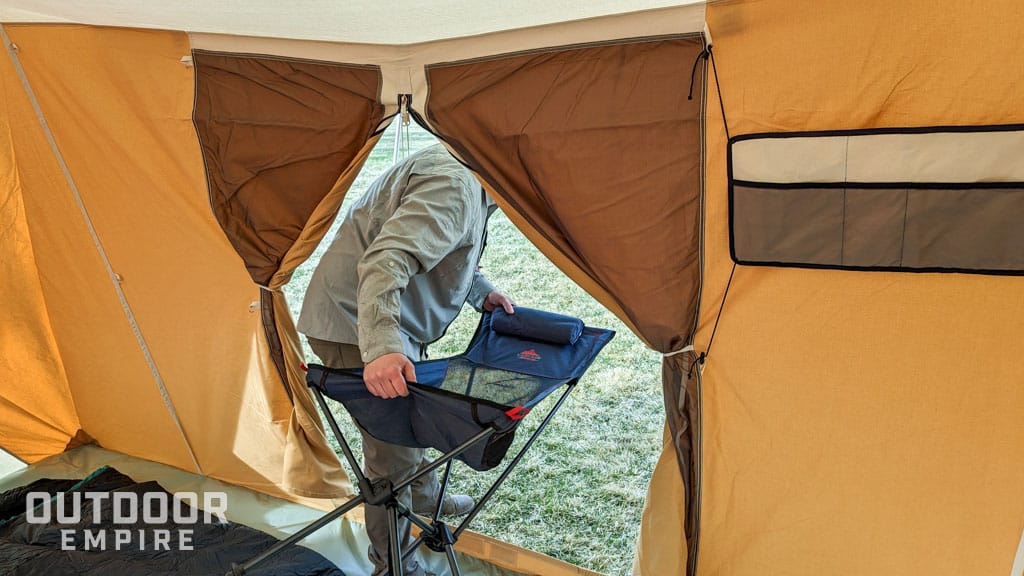
Weather Resistance
The Skyliner has a lot of thoughtful features that make it more rugged and worthy of inclement weather compared to the Classic Jack.
Awnings
The Springbar Classic Jack 140 stands out with its integrated 6′ x 6′ awning that provides shade on hot days and is compatible with Springbar’s optional zip-on portico panels to form a sort of giant vestibule.
We like to lay out a canvas tarp below this and it’s a great spot to hide from the sun on your camp chair and sip a cool beverage. However, the Classic Jack’s awning is pretty useless, if not cumbersome, in the rain. You can’t really get it taut enough or get the slope right to shed rain, so it just pools up on top. That can cause the canvas to deform or stretch your roof in weird ways.
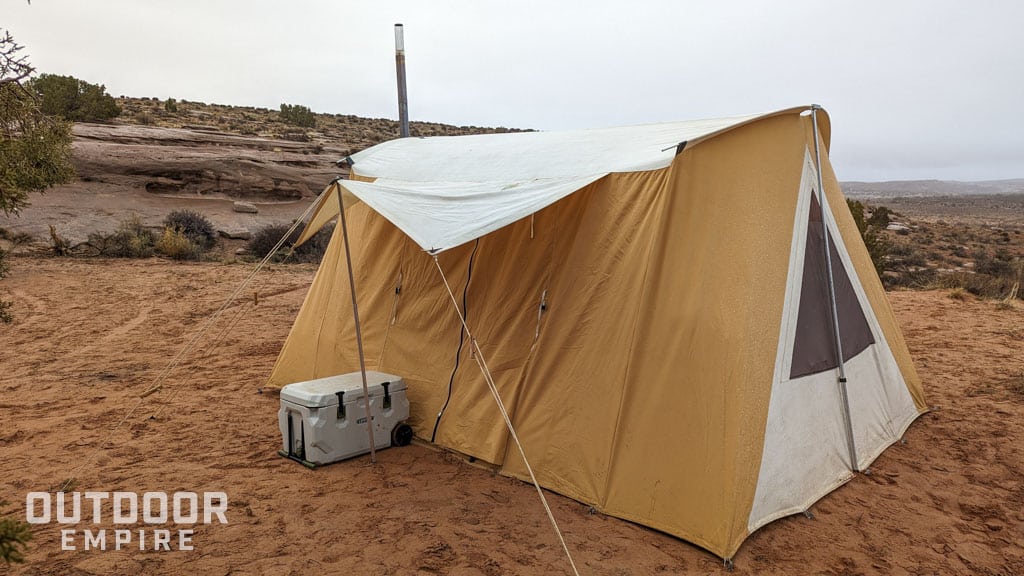
The Skyliner, on the other hand, has a smaller awning that is a trapezoid shape. You lose a little shade in summer and can’t zip on the portico panels, but it’s useful in all four seasons.
When we camped in the Skyliner with intense rain we were able to adjust the awning to shed water better off the whole roof, and away from the tent’s entryway.
Even better, it has a mini awning on the rear as well which shades the two big picture windows in the summer, sheds rain in the shoulder seasons, and keeps the snow at bay in the winter. This allows you to open the windows in more conditions, like when it’s pouring buckets outside and you want to get some ventilation in your stuffy hot tent filled with a pile of antsy kids.
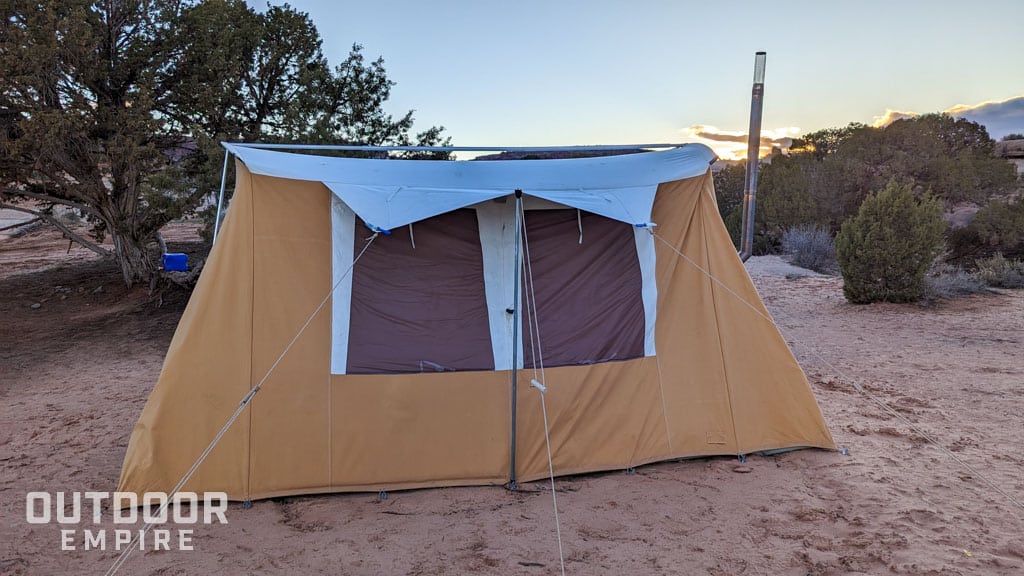
Stakes
The Skyliner has the best tent stakes I’ve ever seen. They’re a wedge shape that holds secure in just about any terrain, including the sand we camped on in Southern Utah in 40 mph winds, without budging.
The Classic Jack uses sturdy, though basic, 12 inch galvanized nail style stakes. They generally work fine, but they can be pretty loosey goosey in some ground types like sand and snow.
The Skyliner also has 19 stake loops to secure it to the ground whereas the Classic Jack as only 15.
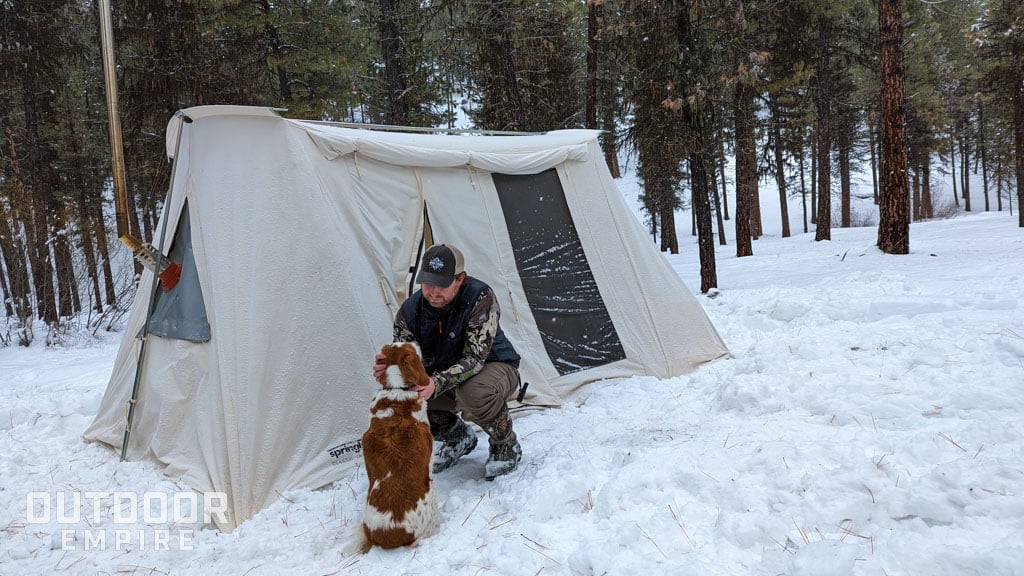
Poles
As far as poles go, both have essentially the same pole set, but the Skyliner poles are simply more robust. They are made of corrosion-proof aluminum with steel reinforcements in key areas. Whereas the smaller diameter Classic Jack poles are made of galvanized steel, which may corrode in time.
Both tents have adjustable height awning and end poles.
But the Skyliner comes with two additional awning poles to support the rear awning as well. And an amazing feature on the Skyliner is that you can actually attach the anwing poles directly to the sidewalls on front and back, then guy them out to a stake for better stability in high winds.
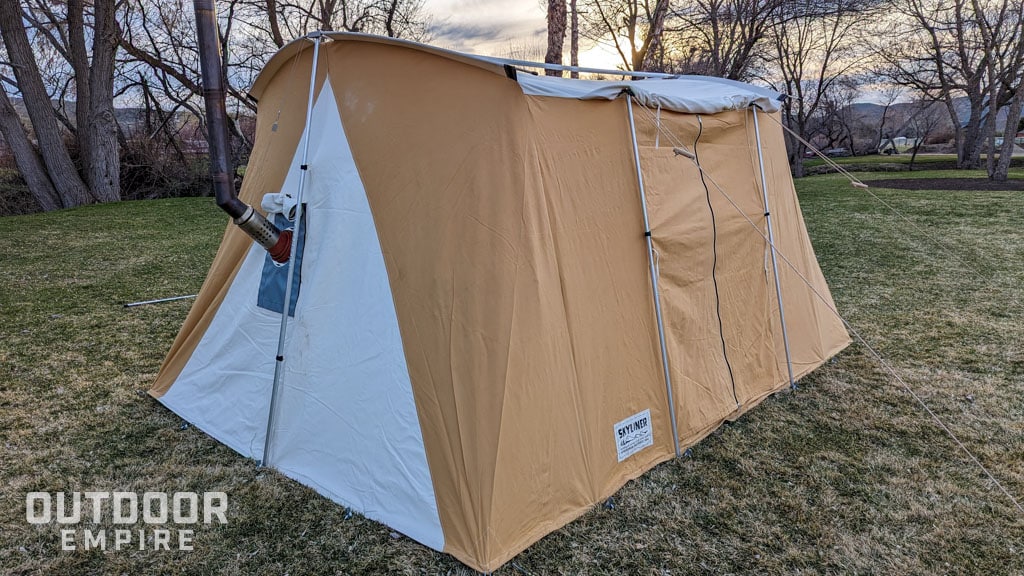
Choosing the Right Springbar Tent for You
At a retail price of $2,099, the Skyliner is 75% more expensive than the Classic Jack 140 ($1,199).
So what are you getting for $900 more in the Skyliner?
- A more versatile tent that is going to be better in worse weather conditions.
- A piece of outdoor gear that was made in the USA – a rare thing!
- The quality, materials, and durability are a notch above the Classic Jack.
- The extra volume inside makes it feel even more spacious and comfortable.
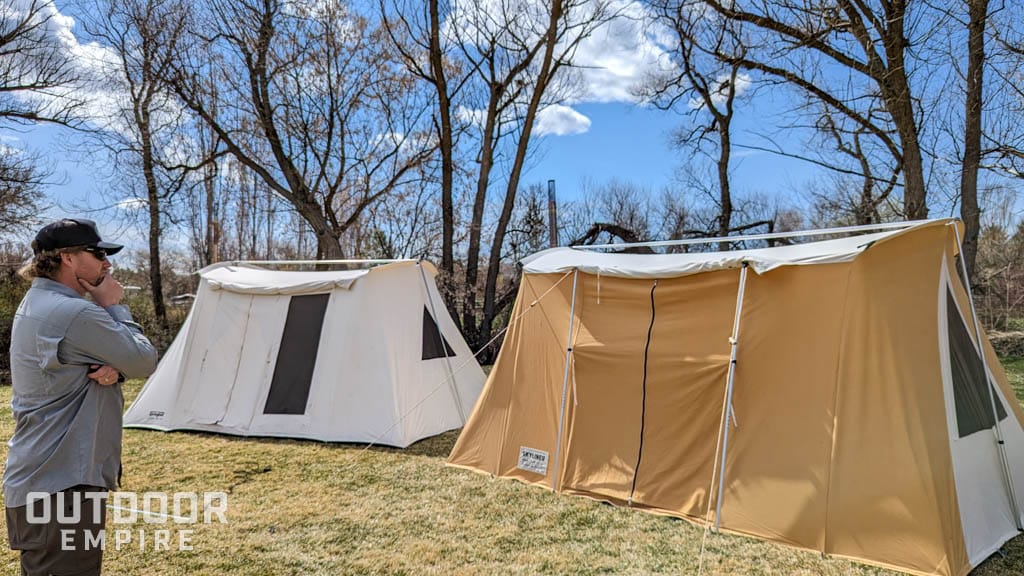
If money is no object or you have an affinity for American-made products, I’d go with the Skyliner.
But if you’re on a budget or just starting out with canvas tents, the Classic Jack 140 might be a more cost-effective option.
When I first got the Classic Jack 140 I thought it was my favorite tent ever. And it is a great buy considering it is a true four season capable hot tent.
It wasn’t until I got the Skyliner that I realized it could get even better. So you will likely love both tents too.
Consider what’s best for you and your budget. And if both of these tents are out of your price range, check our article on the best canvas tents for more budget-friendly options like the Kodiak Flex-Bow or Teton Mesa.
For a more detailed review on each of these tents, be sure to check out our other tent review articles!
Springbar Skyliner Tent Review
Springbar Classic Jack 140 Tent Review

